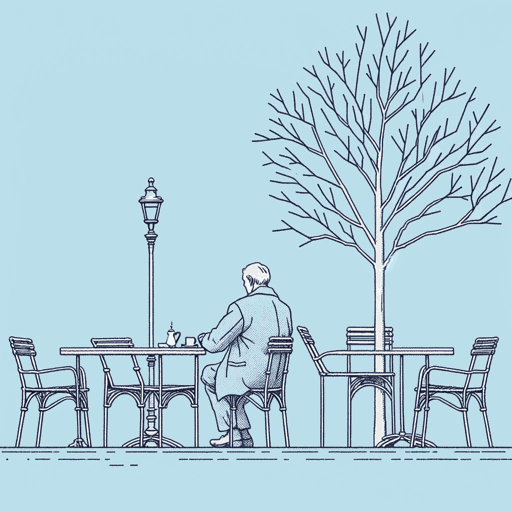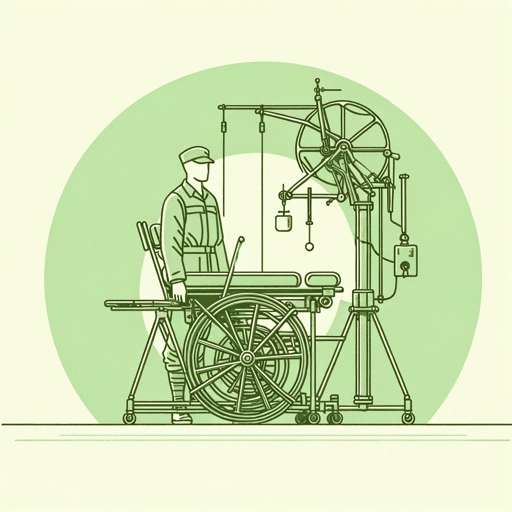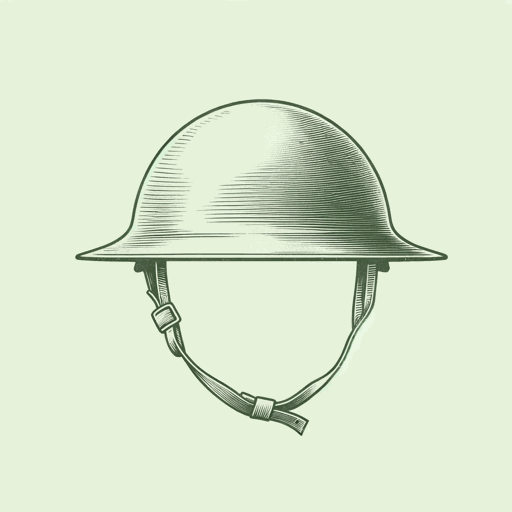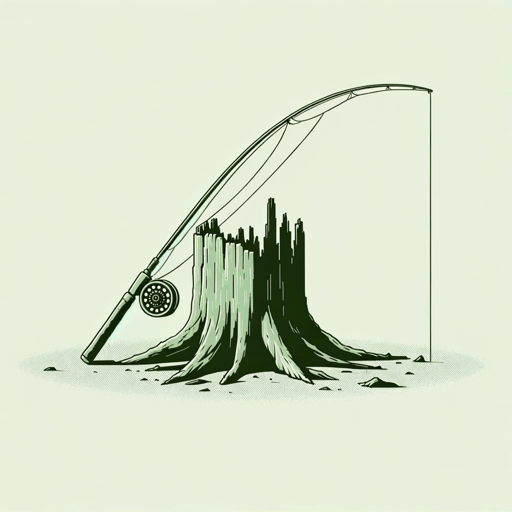30 pages • 1 hour read
Ernest HemingwayBig Two-Hearted River
Fiction | Short Story | Adult | Published in 1925A modern alternative to SparkNotes and CliffsNotes, SuperSummary offers high-quality Study Guides with detailed chapter summaries and analysis of major themes, characters, and more.
Important Quotes
“There was no town, nothing but the rails and the burned-over country. The thirteen saloons that had lined the one street of Seney had not left a trace. The foundations of the Mansion House hotel stuck up above the ground. The stone was chipped and split by the fire. It was all that was left of the town of Seney. Even the surface had been burned off the ground.”
(Paragraph 1)
The burned town of Seney is the first setting the narrator describes in “Big Two-Hearted River” and it is also the first clue to the true meaning of the story. The ruins of the Mansion House hotel’s foundation are all that remain of the town. This is similar to how cities were destroyed and some towns completely obliterated during World War I.
“The river was there. It swirled against the log spiles of the bridge. Nick looked down into the clear, brown water, colored from the pebbly bottom, and watched the trout keeping themselves steady in the current with wavering fins. As he watched them they changed their positions by quick angles, only to hold steady in the fast water again. Nick watched them a long time.”
(Paragraph 2)
When Nick first looks at the river, he notices how the fish hold themselves steady in the water. Nick is transfixed by the way they can maintain their position against the current, suggesting that he has a psychological need to hold steady amid change.
“[A] big trout shot upstream in a long angle, only his shadow marking the angle, then lost his shadow as he came through the surface of the water, caught the sun, and then, as he went back into the stream under the surface, his shadow seemed to float down the stream with the current, unresisting, to his post under the bridge where he tightened facing up into the current.
Nick’s heart tightened as the trout moved. He felt all the old feeling.”
(Paragraphs 4-5)
After watching the trout hold steady in the current, Nick sees one dart upstream quickly. When Nick sees the big fish shoot upstream, he reacts strongly, but the narrator does not explain why and does not name or define the “old feeling.” This is an example of Hemingway’s “iceberg theory” of narrative. By leaving key information unstated, the story takes on a significance greater than is visible on the surface.
Related Titles
By Ernest Hemingway

A Clean, Well-Lighted Place
Ernest Hemingway

Across the River and into the Trees
Ernest Hemingway

A Day's Wait
Ernest Hemingway

A Farewell to Arms
Ernest Hemingway

A Moveable Feast
Ernest Hemingway

A Very Short Story
Ernest Hemingway

Cat in the Rain
Ernest Hemingway

For Whom the Bell Tolls
Ernest Hemingway

Green Hills of Africa
Ernest Hemingway

Hills Like White Elephants
Ernest Hemingway

In Another Country
Ernest Hemingway

Indian Camp
Ernest Hemingway

In Our Time
Ernest Hemingway

Old Man at the Bridge
Ernest Hemingway

Soldier's Home
Ernest Hemingway

Solider's Home
Ernest Hemingway

Ten Indians
Ernest Hemingway

The Garden of Eden
Ernest Hemingway

The Killers
Ernest Hemingway

The Nick Adams Stories
Ernest Hemingway

